Table of Contents
12 Jyotirlingas in India
If you are a devotee of Lord Shiva or a spiritual seeker, you might have heard of the 12 Jyotirlingas in India. These are 12 sacred temples where Shiva is worshipped as a pillar of light, symbolizing his infinite and eternal nature. Visiting these 12 Jyotirlingas is considered to be a great blessing and a way to attain salvation.
But what are the 12 Jyotirlingas and where are they located How did they come into existence and what is their significance In this blog post, we will answer these questions and give you a beginner’s guide to the 12 Jyotirlingas in India.
What are Jyotirlingas
The word Jyotirlinga is a Sanskrit compound of jyoti (radiance) and linga (sign). A Jyotirlinga is a devotional representation of Lord Shiva, who manifested himself as a fiery column of light that pierced the three worlds. According to the legend, this happened when Brahma and Vishnu had an argument over their supremacy and Shiva decided to settle the debate by showing his supreme power.
There are said to be 64 original Jyotirlingas in India, but 12 of them are considered to be very auspicious and holy. These 12 Jyotirlingas take the names of their respective presiding deities and each one is a different manifestation of Shiva. At all these sites, the primary image is a lingam, representing the beginningless and endless pillar of light.
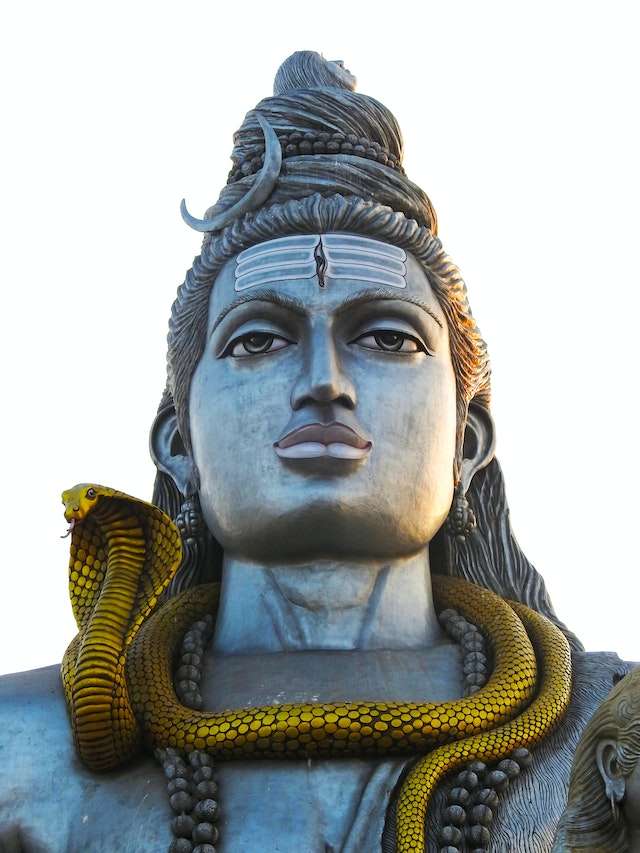
Where are the 12 Jyotirlingas located
The 12 Jyotirlingas are spread across different states of India, from Gujarat to Tamil Nadu. Here is a list of the 12 Jyotirlingas with their names and locations
- Somnath in Gir Somnath district, Gujarat
- Nageshwar in Dwarka district, Gujarat
- Bhimashankar in Pune district, Maharashtra
- Trimbakeshwar in Nashik district, Maharashtra
- Grishneshwar in Aurangabad district, Maharashtra
- Vaidyanath in Deoghar district, Jharkhand
- Mahakaleshwar in Ujjain district, Madhya Pradesh
- Omkareshwar in Khandwa district, Madhya Pradesh
- Kashi Vishwanath in Varanasi district, Uttar Pradesh
- Kedarnath in Rudraprayag district, Uttarakhand
- Rameshwaram in Ramanathapuram district, Tamil Nadu
- Mallikarjuna in Kurnool district, Andhra Pradesh
The stories behind 12 Jyotirlingas
Each of the 12 Jyotirlingas has a unique story behind its origin and significance. Here are some brief summaries of these stories
Somnath This is the first and most revered Jyotirlinga. It is said that Shiva appeared here as a sizzling column of light to bless the moon god Chandra, who was cursed by his father-in-law Daksha for neglecting his other wives. Shiva also protected this temple from many invaders who tried to destroy it.
Nageshwar This is the second Jyotirlinga and it is associated with snakes. It is said that Shiva appeared here as a snake lord to save his devotee Supriya from a demon named Daruka. He also granted Supriya a boon that anyone who worships him here will be free from snake bites and poison.
Bhimashankar This is the third Jyotirlinga and it is related to Bhima, the son of Kumbhakarna (the brother of Ravana). It is said that Bhima was a tyrant who oppressed the people and the sages. He also tried to kill Shiva’s devotee Kamrupeshwar. Shiva then appeared here as Bhimashankar and killed Bhima with his trident.
Trimbakeshwar This is the fourth Jyotirlinga and it is connected to the river Godavari. It is said that Shiva appeared here as Trimbakeshwar to calm down the anger of sage Gautama, who was falsely accused of killing a cow by Indra. Shiva also brought down the river Ganga from heaven to purify Gautama and his wife Ahalya.
Grishneshwar This is the fifth Jyotirlinga and it is linked to the devotion of a woman named Ghushma. It is said that Ghushma was a staunch devotee of Shiva and she used to make lingams out of clay and immerse them in a nearby lake. One day, her son was killed by her sister-in-law, who was jealous of her. Shiva then appeared here as Grishneshwar and revived her son and rewarded her faith.
Vaidyanath This is the sixth Jyotirlinga and it is associated with the healing power of Shiva. It is said that Shiva appeared here as Vaidyanath to cure Ravana, who had cut off his own head to please Shiva. Shiva also gave Ravana a lingam and asked him not to keep it on the ground. However, Ravana was tricked by Vishnu and Ganesha and he left the lingam here, which became a Jyotirlinga.
Mahakaleshwar This is the seventh Jyotirlinga and it is related to the concept of time and death. It is said that Shiva appeared here as Mahakaleshwar to protect his devotee Chandrasena from a king named Shrikhar, who wanted to conquer Ujjain. Shiva also defeated a demon named Dushana, who was harassing the people and the sages.
Omkareshwar This is the eighth Jyotirlinga and it is situated on an island shaped like the sacred syllable Om. It is said that Shiva appeared here as Omkareshwar to grant a boon to the sons of king Mandhata, who had performed severe penance here. Shiva also divided himself into two forms Omkareshwar and Amareshwar, which are both Jyotirlingas.
Kashi Vishwanath This is the ninth Jyotirlinga and it is located in the holy city of Varanasi. It is said that Shiva appeared here as Kashi Vishwanath to bless Brahma and Vishnu, who were searching for his origin and end. Shiva also declared that anyone who dies here will attain liberation from the cycle of birth and death.
Kedarnath This is the tenth Jyotirlinga and it is situated in the Himalayas. It is said that Shiva appeared here as Kedarnath to absolve the Pandavas, who had killed their cousins in the Kurukshetra war. Shiva also hid himself from them in the form of a bull, but his hump remained visible here as a lingam.
Rameshwaram This is the eleventh Jyotirlinga and it is connected to the Ramayana epic. It is said that Shiva appeared here as Rameshwaram to bless Rama, who had built a bridge to Lanka to rescue his wife Sita from Ravana. Shiva also asked Rama to worship him here with a lingam made by Sita.
Mallikarjuna This is the twelfth and last Jyotirlinga and it is linked to the love of Shiva’s son Kartikeya. It is said that Kartikeya was angry with his parents for preferring his brother Ganesha over him. He left them and came to this place. Shiva and Parvati then followed him here as Mallikarjuna and Bhramaramba and pacified him.

Which is the first of 12 jyotirlinga
The first of the 12 jyotirlingas is Somnath Temple in Gujarat. It is believed to be the place where Shiva appeared as a pillar of light to settle the dispute between Brahma and Vishnu. The temple has been destroyed and rebuilt many times in history, and the current structure is a modern one. Somnath Temple is one of the most sacred and ancient shrines of Shiva in India.
How to visit the 12 Jyotirlingas
If you are planning to visit the 12 Jyotirlingas in India, you can either choose to visit them individually or as part of a package tour. There are many travel agencies that offer 12 Jyotirlinga darshan yatra packages that cover all the 12 temples in a span of 20 days or more. You can also customize your itinerary according to your preferences and budget.
However, if you want to visit them on your own, you will need to do some research and planning beforehand. You will need to check the best time to visit each temple, the mode of transportation, the accommodation options, the temple timings, the rituals and offerings, etc. You will also need to follow some basic rules of etiquette and dress code while visiting these sacred places.
Historical Significance
The historical significance of Jyotirlingas is that they reflect the ancient history and culture of India. They also show the continuity and resilience of Hinduism, which has survived many invasions and destructions over the centuries.
The Jyotirlingas are among the oldest temples in India, dating back to thousands of years. Some of them are mentioned in the Vedas, Puranas, Ramayana, Mahabharata, and other scriptures. Some of them have been rebuilt and renovated several times due to natural calamities or human attacks. Some of them have witnessed important historical events and personalities, such as kings, saints, poets, etc.

Cultural Significance
The cultural significance of Jyotirlingas is that they showcase the diversity and richness of Indian culture. They also foster a sense of unity and harmony among the people of different regions, languages, castes, and sects.
The Jyotirlingas are spread across different states of India, from Gujarat to Tamil Nadu. Each temple has its own unique architecture and art style, reflecting the local traditions and influences. Each temple also has its own festivals and events, celebrating the faith and joy of the people. Each temple also attracts pilgrims and tourists from all over India and abroad, who come to experience the beauty and spirituality of these places.
Scientific Significance
The scientific significance of Jyotirlingas is that they demonstrate the advanced knowledge and wisdom of ancient India. They also reveal some mysteries and secrets that are yet to be fully understood by modern science.
The Jyotirlingas are based on the concept of light and energy, which are fundamental to modern physics. They also have some amazing features and phenomena that defy logic and explanation, such as:
The lingam at Somnath temple is said to be floating in air without any support.
The lingam at Nageshwar temple is said to be made of a rare material that emits radio waves.
The lingam at Trimbakeshwar temple is said to have three faces representing Brahma, Vishnu, and Shiva.
The lingam at Omkareshwar temple is said to be situated on an island shaped like the sacred syllable Om.
The lingam at Kashi Vishwanath temple is said to have a constant temperature of 40 degrees Celsius.
The lingam at Kedarnath temple is said to be covered with snow for six months in a year.
The lingam at Rameshwaram temple is said to be made by Sita with sand from the sea.
The lingam at Mallikarjuna temple is said to change its color according to the phases of the moon.
We hope this blog post has given you an insight into the significance of Jyotirlingas. We encourage you to visit these 12 temples and experience their magic for yourself. Om Namah Shivaya!
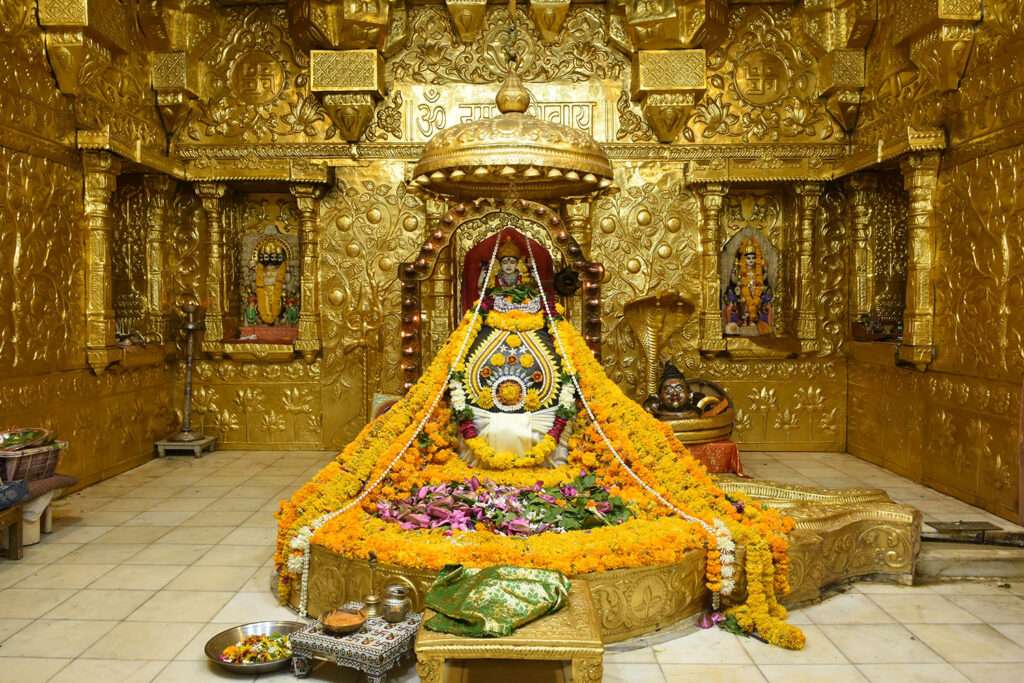
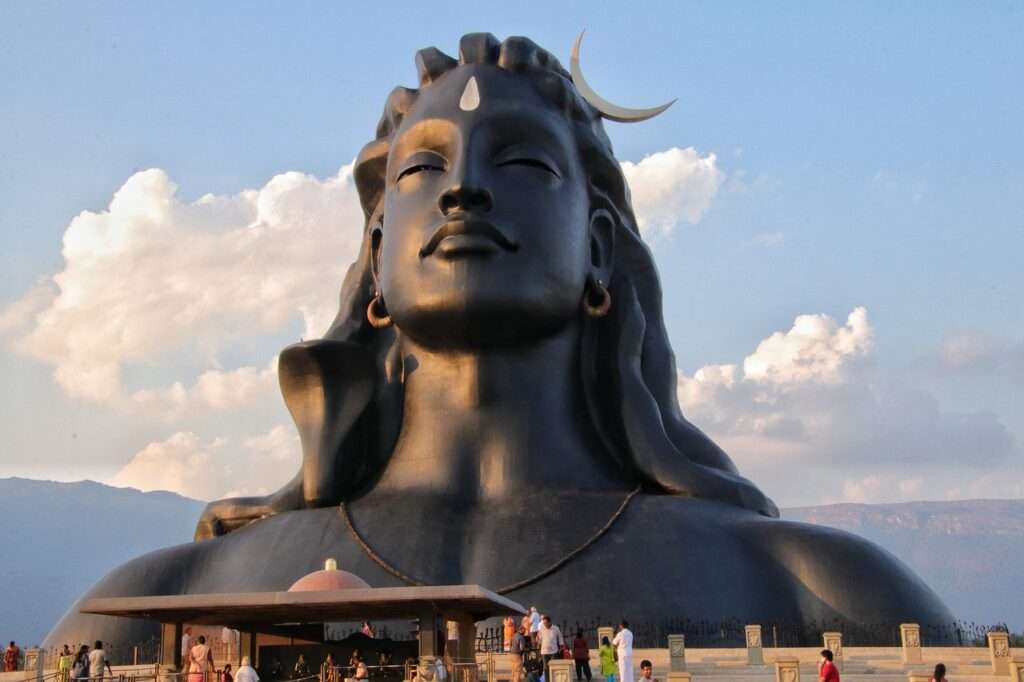
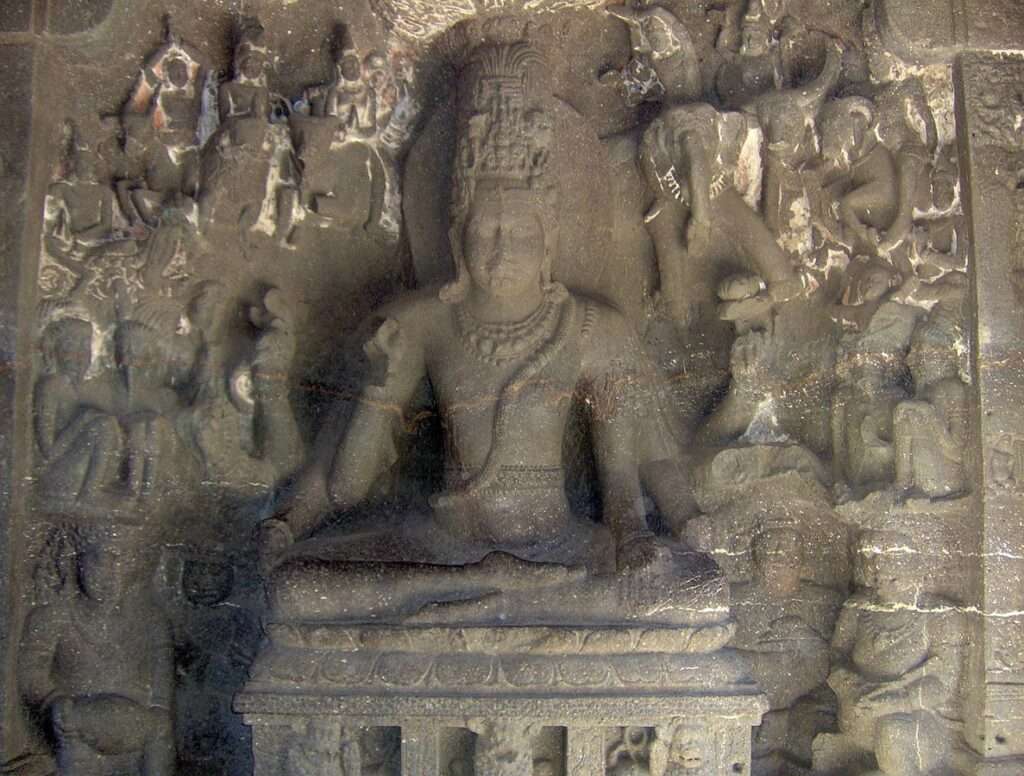
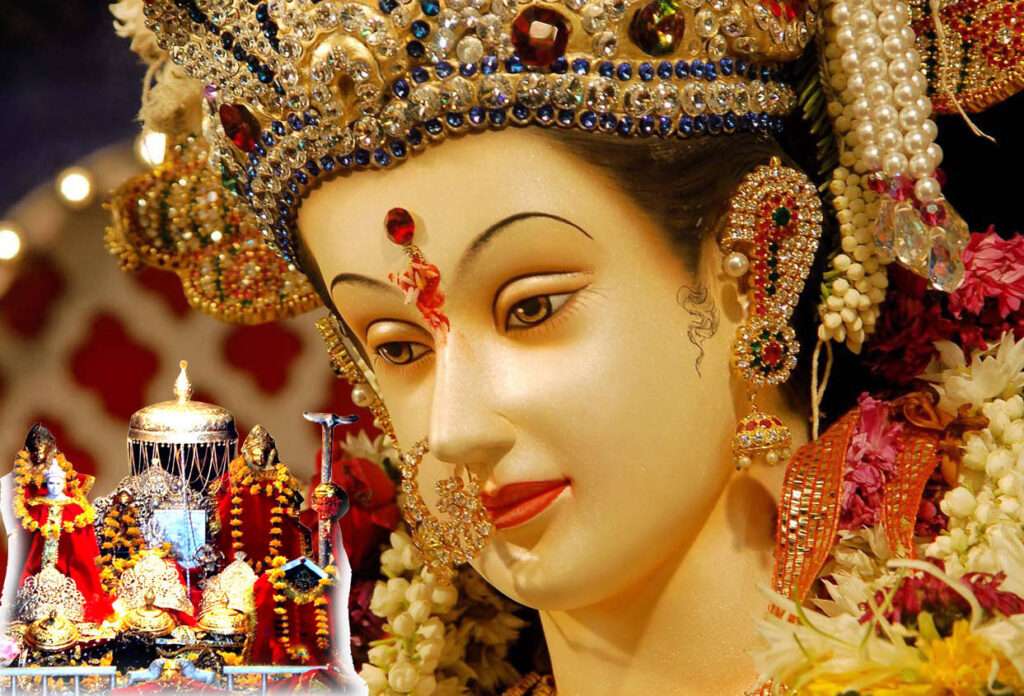
Pingback: Bhimashankar Temple : Jyotirlinga, How to Reach, History - vedmiracles
Pingback: Trimbakeshwar Temple: jyotirlinga, History, How to reach - vedmiracles
Pingback: Grishneshwar Temple: The Last Jyotirlinga of Lord Shiva - vedmiracles
Pingback: Baidyanath Dham: Jyotirlinga, How to Reach, History - vedmiracles
Pingback: Mahakaleshwar Jyotirlinga: History, How to Reach - vedmiracles
Pingback: Omkareshwar Temple: Jyotirlinga, History, How to Reach - vedmiracles
Pingback: Kashi Vishwanath Temple: Jyotirlinga, How to Reach, Pujas - vedmiracles
Pingback: Vaishno Devi Temple
Pingback: Kailash Temple: A Marvel of Indian Architecture and Spirituality
Pingback: rameshwaram temple : History, How to Reach, Jyotirlinga - vedmiracles
Pingback: Mallikarjuna Temple: Jyotirlinga, History, How to Reach - vedmiracles